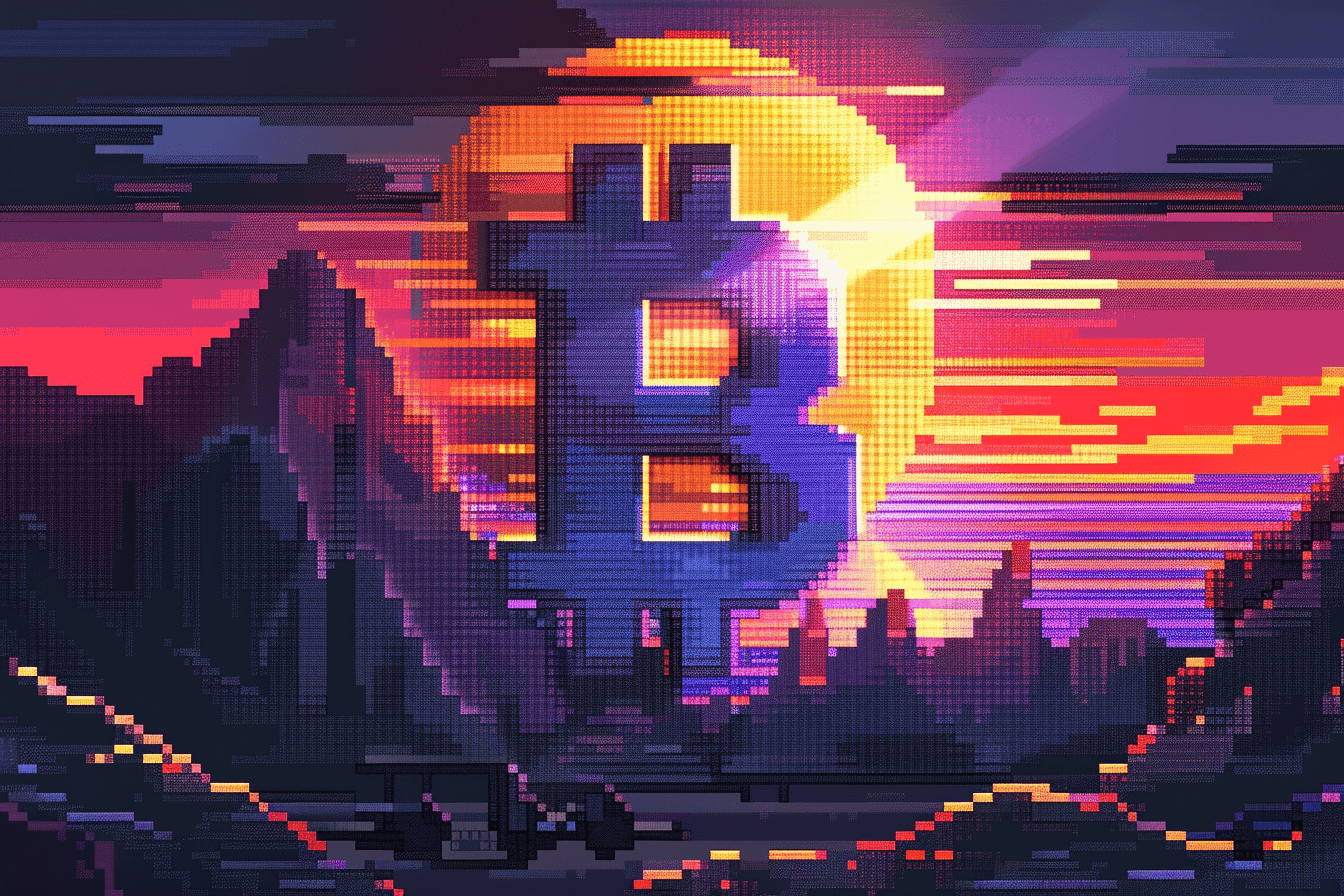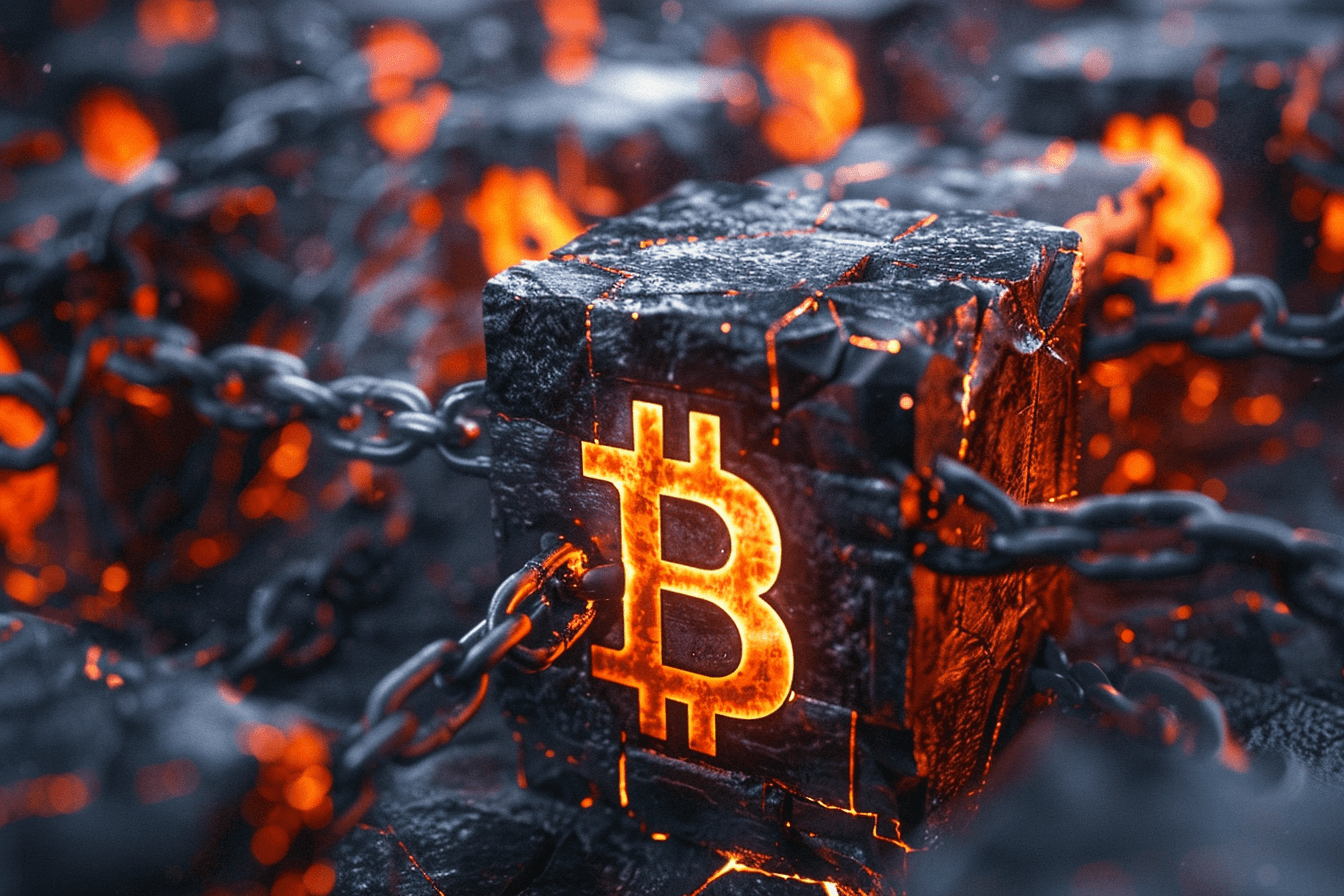When Satoshi Nakamoto created the Bitcion network, did he know that he was changing the world of finance? This was certainly his intention, as Bitcoin was created as a response to the 2008 crisis. After over 15 years, the Bitcoin network and the community around the cryptocurrency project have grown to a gigantic level. What does the Bitcoin ecosystem look like in 2024 and what may the future hold?
Bitcoin ecosystem – constantly developed since 2009!
“I would buy bitcoin at the very beginning” – this thought is often the answer to the question what you would do if it were possible to turn back the times 10 or 15 years. The popularity of bitcoin, as well as the broadly understood cryptocurrency market, is very high today. The Bitcoin ecosystem is today perceived as one of the largest and most beautiful prospects when it comes to the world of finance. Why? Because it is the answer to the vast majority of his problems.
During 15 years of development, the Bitcoin ecosystem has gone through ups and downs. Although many predicted the imminent collapse of the Bitcoin network, it has survived every crisis and emerged unscathed. According to the principle “What doesn't kill you makes you stronger”, the Bitcoin ecosystem, thanks to the involvement of the cryptocurrency community, has become a real power in 2024. Moreover, this is not only the hurray-optimistic approach of Satoshi Nakamoto's cryptocurrency enthusiasts, but also the point of view of Wall Street, which for many years has been successively and consistently criticizing the Bitcoin ecosystem and the entire digital asset industry.
The most important foundations of the Bitcoin ecosystem
At the very beginning, the Bitcoin ecosystem was just a geeky idea. There was no indication that the Bitcoin network actually had a chance to become an alternative to the traditional financial system. The situation changed gradually, and new components began to join the Bitcoin ecosystem. Thanks to this, after 15 years of development, the Bitcoin ecosystem has developed to such an extent that it meets the vast majority of the needs of the Bitcoin community.
Infrastructure
Every ecosystem needs good and functional infrastructure. The Roman Empire would not have been the power of antiquity if it were not for the road system. It's exactly the same with the Bitcoin network, which needed the right infrastructure. The basis, of course, are cryptocurrency wallets that allow users to store their bitcoins. Among the most popular wallets in the Bitcoin ecosystem are:
- Unisat wallet
- Xverse wallet
- Leather wallet
- OKX wallet
- Bidget wallet
- Ordinals wallet
- XDEFI
- OrdianlSafe
Of course, these are just some of the hot wallets used by the Bitcoin community.
Another important element of the Bitcoin ecosystem infrastructure is the BTC staking. Why keep coins in your wallet when you can still earn money on them. Bitcoin Staking Layer is a wide layer of protocols (such as Stroom or Babylonchain) thanks to which it is possible to stake your coins and earn additional earnings. It is also worth mentioning cryptocurrency bridges (Multibit, Polyherda Network), which allowed the Bitcoin ecosystem to be connected with other blockchains.
Layer 2
The growing popularity of the Bitcoin network created a problem that, on the one hand, pleased the community, but on the other hand was increasingly burdensome. Of course, this is about the scalability of the Bitcoin network, which has limited bandwidth. This means that the original Bitcoin blockchain can only process a limited number of transactions per second (between 3.3 and 7 transactions). Satoshi Nakamoto's increased interest in cryptocurrency meant that the number of transactions per second systematically increased and caused more and more downtime.
The answer to this problem was Layer 2 solutions such as the Lightning Network. Layer 2 made it possible to eliminate the problem of limited scalability of the Bitcoin network. Layer 2 solutions turned out to be a godsend when the Ordinals protocol appeared, enabling the creation of NFTs on individual components of the BTC blockchain, i.e. on Satoshi.

DeFi
Decentralized finance is one of the main pillars of the Bitcoin ecosystem in 2024. One of the most important branches of decentralized finance based on the Bitcon ecosystem are DEXs, i.e. decentralized cryptocurrency exchanges. They differ from centralized ones (CEX) in that on DEXs you do not have to transfer your assets to a third party, which allows for transparency and maximizes security. Among the DEXs in the Bitcoin ecosystem, we can mention Unisat, OKX Ordinals, THORChain, and RuneX.
DeFi is not only DEXs, but also Cross Chain protocols connecting the Bitcon ecosystem with other ecosystems. Cross Chains such as Maya Protocol and BoringDAO have contributed to the growth of the digital asset industry. The Bitcoin ecosystem also includes stablecoins (BitStable) and lending protocols (Liquidium, Sovryn, and BiFi). The smoothness of transactions and the elimination of the scalability problem are ensured by the Lighting Network, Neutron Pay and Azceto protocols.
NFTs and BRC-20
Although it seemed practically impossible for many years, the craze for NFT tokens has also reached the Bitcoin blockchain. The Ordinals protocol introduced the ability to save graphics, sounds and other data on the smallest element of the Bitcoin block chain, i.e. 1 Satoshi. Although at first it seemed that Bitcoin Ordinals would be an extravagant curiosity from the point of view of Bitcoin purists, the scale of interest in NFTs on BTC has exceeded expectations. At one point, the hype for BRC-20 (which is what the tokens on the Bitcoin Ordinals protocol are called) was so great that it caused a significant network overload.
The Ordinals protocol turned out to be a hit, as evidenced by such BRC-20 token collections as OrdinalLand, Bitcoin Frogs, Bitcoin Punks, Node Monkes, and Pixel Pepes. It is worth adding that an entire infrastructure network has been created around Bitcoin Ordinals, including a marketplace, Lanchpads, and tools for token creators, such as Ordimint. Such a wide ecosystem also requires appropriate data analysis. Projects such as Dune Analitycs, OrdinalHub, Ordiscan and GenilData help in this.

The mainstream perception of the Bitcoin ecosystem
Over the past 15 years, the Bitcoin network has been viewed by the mainstream as more of an interesting speculation than an actual alternative financial system. The case of Larry Fink (CEO of BlackRock) is very interesting, as he initially considered the Bitcoin ecosystem to be a scam and a threat. In the following years, he accused Bitcoin and the digital asset market of being a money launderer. Interestingly, his approach to the Bitcoin ecosystem radically changed in 2023, when he started referring to BTC as digital gold.
It turned out that everything was a prelude to submitting an application to the SEC for approval of Bitcoin-based spot funds. The introduction of BTC ETFs and the resulting cryptocurrency spring is a clear symbol of how the Bitcoin ecosystem is perceived today. That's why the mainstream became interested in it.
How will the Bitcoin ecosystem develop over the next years?
We are now on the eve of halving, unless you are reading this after April 19th. The Bitcoin ecosystem is more popular today than ever before in its 15-year history. For this reason, any predictions about the development of Satoshi Nakamoto's brilliant concept are only speculations.
What is known is that the Bitcoin network community will certainly strive for even better scalability of the entire Bitcoin ecosystem in the coming years. The next years will certainly bring many new solutions.

